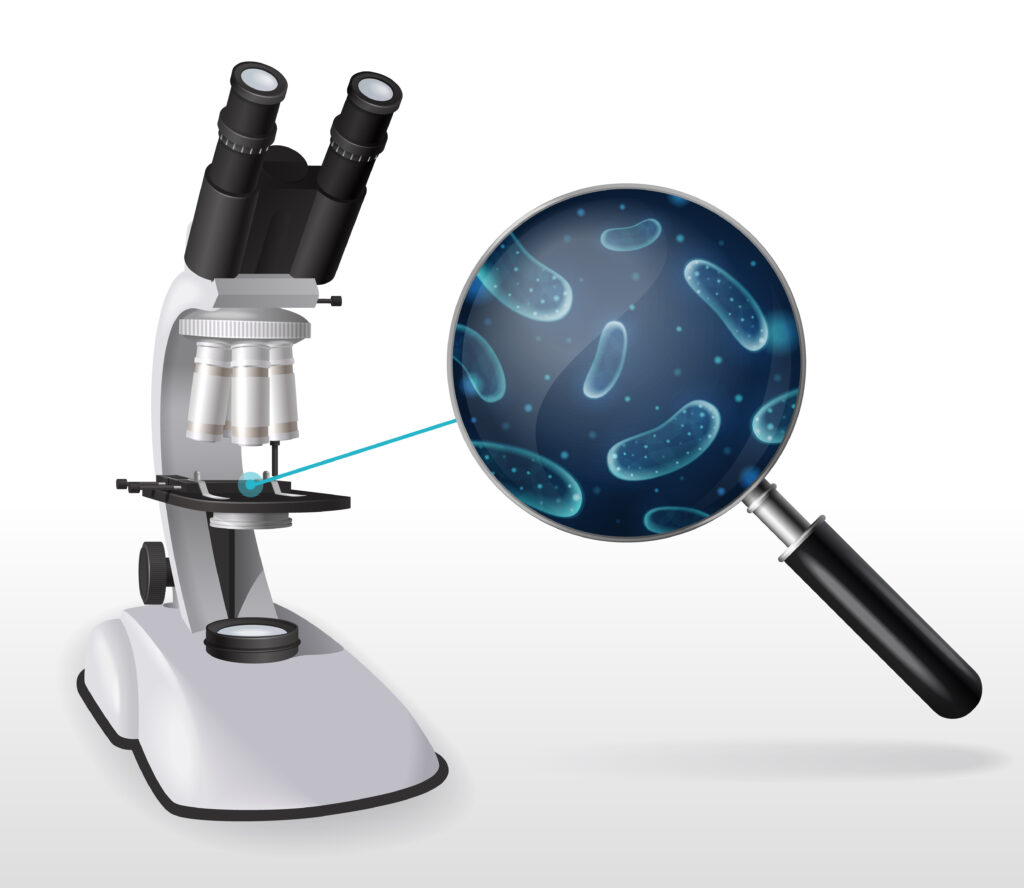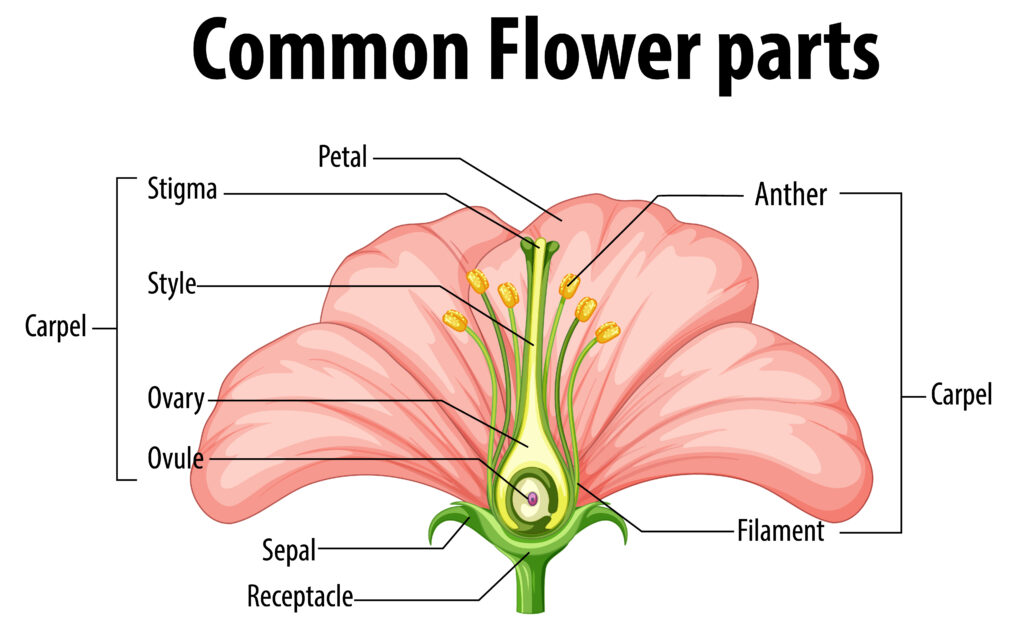Asexual Reproduction in Yeast
Explore the fascinating process of asexual reproduction in yeast through budding. Learn how yeast cells reproduce and observe the different stages of this biological process.
Help & Instructions
▼- Experiment Setup: Set up the yeast budding experiment correctly
- Observations: Record your observations about the budding process
- Use the hint button if you need help with any activity
- Try different experimental conditions to understand yeast reproduction
- Understand the process of budding in yeast
- Learn the experimental setup for observing yeast reproduction
- Identify the stages of budding
- Differentiate between asexual and sexual reproduction
Experiment Setup: Yeast Budding
Set up the experiment correctly to observe budding in yeast cells.
Observations & Analysis
Record your observations and analyze the budding process in yeast.
Budding is a form of asexual reproduction in yeast where a new organism develops from an outgrowth or bud on the parent. The bud grows and eventually detaches to become an independent organism. This process allows for rapid reproduction under favorable conditions.
The Science of Yeast Reproduction
Budding in yeast:
- Process: A small bud forms on the parent cell, grows, and eventually separates
- Conditions: Requires warm temperature and nutrient-rich medium
- Timeframe: Can complete in 1-2 hours under optimal conditions
- Advantage: Rapid reproduction without need for a mate
The standard experiment to observe yeast budding:
- Materials needed: Yeast culture, sugar, warm water, microscope, slides
- Procedure: Prepare yeast suspension, incubate, observe under microscope
- Observation: Look for buds forming on yeast cells
- Control: Set up without sugar or at lower temperature
The budding process occurs in distinct stages:
- Stage 1: Bud initiation - small bulge appears on parent cell
- Stage 2: Bud growth - bud enlarges and nucleus divides
- Stage 3: Nuclear migration - one nucleus moves into the bud
- Stage 4: Separation - bud detaches as independent cell
Understanding the differences:
- Asexual (Budding): Single parent, genetically identical offspring, rapid
- Sexual Reproduction: Two parents, genetic variation, slower process
- Yeast Capability: Can reproduce both asexually (budding) and sexually
Studying yeast budding helps students understand fundamental biological concepts including cell division, reproduction strategies, and how microorganisms adapt to their environment. This knowledge forms the basis for understanding more complex reproductive processes in higher organisms.



